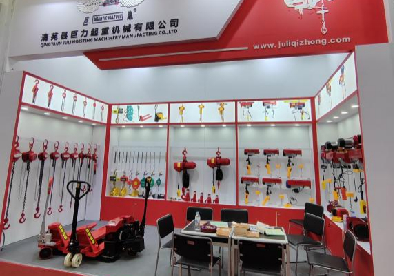





Fall Protection FAQ Essentials for Ensuring Safety at Heights
Working at heights poses significant risks, making fall protection a critical concern for employers and workers alike. Understanding fall protection is essential not only for safety compliance but also for preventing workplace injuries and fatalities. Here, we provide a comprehensive overview of frequently asked questions about fall protection.
What is Fall Protection?
Fall protection refers to systems and measures designed to prevent workers from falling when they are at elevated work sites. This can include equipment like harnesses, guardrails, safety nets, and lifelines, along with protocols and training to ensure safe practices are followed.
When is Fall Protection Required?
According to regulations, fall protection is required when workers are exposed to fall hazards at heights of six feet in the construction industry, four feet in general industry, and eight feet in shipyards. Clear guidelines from the Occupational Safety and Health Administration (OSHA) provide standards for when and how to implement fall protection measures.
What Are the Types of Fall Protection?
Fall protection systems can be divided into two main categories passive and active systems. Passive systems, such as guardrails and safety nets, do not require personal involvement from workers to be effective. Active systems, such as personal fall arrest systems (PFAS) like harnesses and lanyards, require correct usage by workers. Other types include safety belts, positioning devices, and travel restraint systems.

How Should Employers Train Their Workers?
Training is a crucial component of any fall protection program. Employers must ensure that workers understand how to correctly use fall protection systems and follow safe work practices. Training should cover the identification of fall hazards, the correct use of fall protection equipment, and the proper methods for maintaining and inspecting this equipment.
What Are Common Fall Hazards?
Fall hazards can arise from various situations, such as unstable working surfaces, unprotected edges, and improperly worn or maintained personal protective equipment. It’s vital for employers to conduct regular inspections of work sites to identify and mitigate these hazards proactively.
What Should Workers Do in Case of a Fall?
In the unfortunate event of a fall, immediate action is needed. Workers should be trained in first aid and emergency response protocols. Prompt reporting of the incident helps ensure that investigations can be conducted to prevent future occurrences.
Conclusion
Understanding fall protection and complying with safety regulations can significantly reduce the risk of falls in the workplace. By prioritizing safety training, implementing effective fall protection systems, and encouraging a culture of safety, both employers and workers can create a safer work environment. Always remember, safety at heights is not just a regulatory requirement; it’s a fundamental aspect of worker protection and health.



